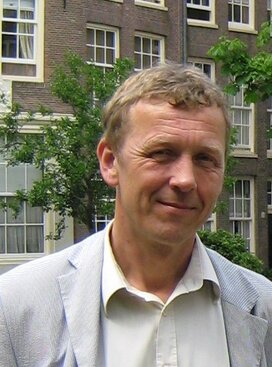Contents
1. About PaSOC
PaSOC seeks to improve science-based assessments of the exposure of humans and the environment to organic compounds, by advancing the knowledge of passive sampling, and promoting its application in monitoring studies.
PaSOC operates at the interface between science and application by closely monitoring the scientific passive sampling literature, and by listening carefully to the needs of those involved in the practical application of passive sampling methods in a regulatory context. PaSOC aims to feed new knowledge into the world of applied science, and to feed unresolved challenges into the world of the more fundamental science. To this end, PaSOC maintains a global network of partners from academia, industry, and governmental organisations, as shown the co-authors map for publications in the peer-reviewed literature (see map at bottom of page).
2. How we work
Smaller needs are dealt with under the “30-min free support” scheme.
For more complicated issues you define your research questions, and we inform you if and how these questions can be addressed, and we send you a quotation for the work involved. If necessary you redefine your questions, until there is clarity on both sides what you seek, and what PaSOC can offer. After that, PaSOC sends you a quotation that covers a description of the work and time schedule.
Contracts can be based on fixed price, hourly rate, or hourly rate with a defined maximum.
Larger projects may be split in parts, covered by separate contracts, if you like.
If applicable, PaSOC will send you a draft version of the report for your commenting. After processing your comments, PaSOC will send you a final report version for your approval.
PaSOC aims for a paperless office. Correspondence and reporting will therefore in principle be electronic. Preferred language is UK-English or US-English.
See page footer for contact details
3. About Kees Booij

After obtaining MSc’s in physical chemistry (VU University, Amsterdam) and chemical engineering (University of Amsterdam) I started my PhD research at the Netherlands Institute of Sea Research (NIOZ) on exchange of oxygen and polychlorinated biphenyls between sediment and water, followed by a PhD defense at the University of Groningen. In 1995 I became involved in passive sampling research, starting with a study on the uptake mechanisms of nonpolar organic compounds by semipermeable membrane devices. Since then, I have been working hard to promote a quantitative understanding of the uptake kinetics of passive samplers for nonpolar and polar compounds.
I believe that passive samplers are great tools to address the challenges of dealing with environmental contamination issues; not perfect tools that can answer all questions, but the best we have. My ambition is to strengthen the scientific basis of passive sampling through the use of mechanistic models and to facilitate the use of passive samplers in an applied context. Over the past few years, I realized that there can be a difference in perspective between scientists and regulators, with scientists being more focused on innovation, and regulators being more focused on consolidation and standardization of methods. I find it particularly challenging to get the best out of these two worlds.
In March 2016 I left NIOZ and started PaSOC. This transition allowed me to better address the challenges at the interface between passive sampling science and its application.
My scientific output can be explored through ResearcherID K-5413-2015, ORCID 0000-0002-3962-3155, or Google Scholar. I participate in the editorial board of Environmental Toxicology and Chemistry.
I love science. I love real-world challenges to be addressed by the best available science.
Happy to work for you; happy to work with you.
4. Science network
The maps shows locations of co-author institutions. Click upper left corner for time frames (past three decades). Click upper right corner to view the map at google.com.